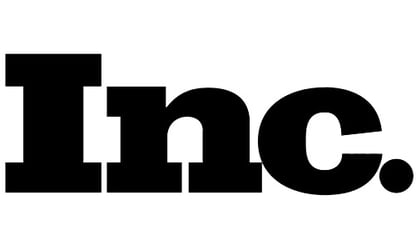Hiring can feel daunting no matter what the labor market looks like. It’s why businesses put a great deal of resources into finding and attracting right-fit candidates – especially now, with talent shortages and turnover making headlines.
Money well spent? Certainly. Qualified, quality employees are the lifeline of every business. But a critical caveat often gets lost in the shuffle:
Investing in hiring only pays off if you’re putting equal resources – ideally, more resources – into retaining existing talent, i.e. reducing staff turnover.
Consider hard costs alone: Recruiting and hiring costs businesses more than they realize or care to admit – on average, the equivalent of six to nine months of a position’s annual salary. The higher you go up the ladder, the pricier it gets. According to some studies, you’ll spend up to 213% of a highly specialized role’s salary finding a qualified candidate to fill it. That number only increases in competitive hiring environments like today’s.
Of course, focusing on retention when you need to fill important roles can feel counterintuitive, not to mention overwhelming. Your CTO just put in her notice – who has time to think about the art of employee engagement and satisfaction!? But it’s worth repeating: Do not lose sight of employee retention – not even when key roles are in flux (and especially when key roles are in flux!). Here are three more reasons to make your existing people your priority – in 2021 more than ever before.
1. Recruiters are dazzling your people as you read this. Businesses need talent and are going to great lengths to get it. On today’s charged landscape, it’s safe to assume that your top people are being wooed with attractive incentives: Higher pay, more vacation time, and robust benefits, but also flexibility, remote or decentralized work setups, and other timely perks. No matter the lengths you go to, some employees will take the bait and leave. That’s business. But others you might be able to retain via some soul searching and changes.
Yes, soul searching – which you can kick off by distributing an anonymous survey to your team that shows you what and where to improve. If your employees are not being [check all that apply] compensated well, feeling valued and heard, treated kindly, paid attention to, appreciated, trained, grown, or even smiled at, they are particularly susceptible to outside offers. Stop what you’re doing right now and assess your business – then do everything you can to adjust as needed. Professional training in particular is a proven step toward facilitating upward movement and satisfaction among teams.
2. Turnover is a bad look – with consequences. Think about a business you know that’s constantly posting jobs. Would you point a friend there? High employee turnover hurts a business’s reputation. Beyond the hard costs, the resulting optics can lead to opportunity cost and other compounding fallout. On the flip side, a business whose staff has held steady for years elicits trust and respect. In short, turnover can create bigger problems than what immediately meets the eye. All the more reason to get ahead of it.
3. Make retention your secret weapon. By retaining engaged, satisfied employees, you dodge the aforementioned hiring and training costs and accomplish so much more: Consistency. A culture of invested professionals. Widespread institutional knowledge. In a time when turnover feels like the new norm, stable businesses stand out and reap more benefits than meet the eye. Consider this perk alone: Companies with longstanding employees have an easier time riding out vacancies because experienced staff members can step in and help fill interim gaps without too much hand-holding.
Maybe you’ve been approaching hiring reactively, filling roles as needed but paying little mind to retention. It’s an outdated model that leads to bigger issues, and one we implore businesses to reconsider, especially today.
Want to implement tactics that help you hire smarter and keep existing employees happy? myHR Partner can help. Reach out to us here.



